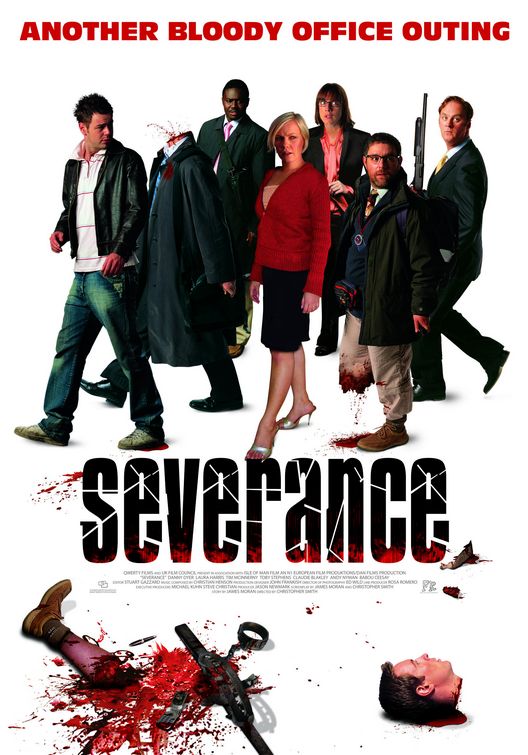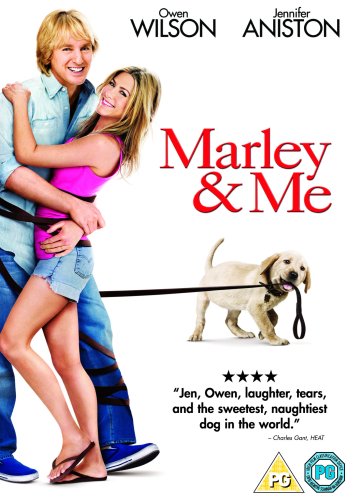From watching film various film openings i have discovered that:
- One of the most popular means of providing the audience with exposition in order for them to follow a prefered reading is by, placing text on screen, which is seen in; Halloween, Maltese Falcon, Clerks, Club Dread and more.
- Other methods are to use a voice over, this is used in 'Hot Fuzz'. To input the information onto the characters dialogue, this is used in 'Where the Heart is'. However these methods can create chunky bits of dialogue, instead of avoiding it. Or to leave it to the Mise-en scene, but this method doesn't always anchor the meaning.
- Self contained narrative sections are used in most film openings
- Titles are often placed on screen at the beginning or end of the self contained narrative section, this is generally text on screen, one film which used a variation of this is, 'Napoleon Nynamite', they created text through the use of food instead.
- Films which don't follow a cronological order in the beginning can have a self contained narrative from another part of the film narrative, somewhere between the middle and end, an example of a film which begins with a section from the end of the film is, 'Severance'.
- To keep the film opening from becoming dull, shot variation is used in mostly all films. One film which has no shot variation, and follows the same take for an entire 5 minutes is 'Halloween'.
- Some films begin with a narrative section from the past, an example of this is, 'Marley and Me'.
- The first character on screen is usually signified as the central protagonist, for example, 'Anchorman' which begins with several short clips of the same character 'Ron Burgundy', and 'Burn After Reading' which signifies a central protagonist without even showing his face, by tracking his feet as they walk down a corridor. There are however examples of films which do not feature the central protagonist as the first person on screen, such as, 'Club Dread' which shows a couple as the first 2 characters on screen, but they're killed off in the first 5 minutes.
- Typically, films which are in cronological order begin with the equilibrium stage first, and then go into disequilibrium, following Todorov's narrative theory.
- Sometimes films put narrative enigmas and aspects of polysemy into the narrative top encourge the audience to continue watching. Some films which do this are; 'Napoleon Dynamite' which provides little exposition into the direction of the narrative which leaves both the plot and genre polysemic. 'Donny Darko' begins with the central protagonist laid in the middle of the road which creates narrative enigma and encourages the viewer to continue watching to discover what the character is like.






No comments:
Post a Comment